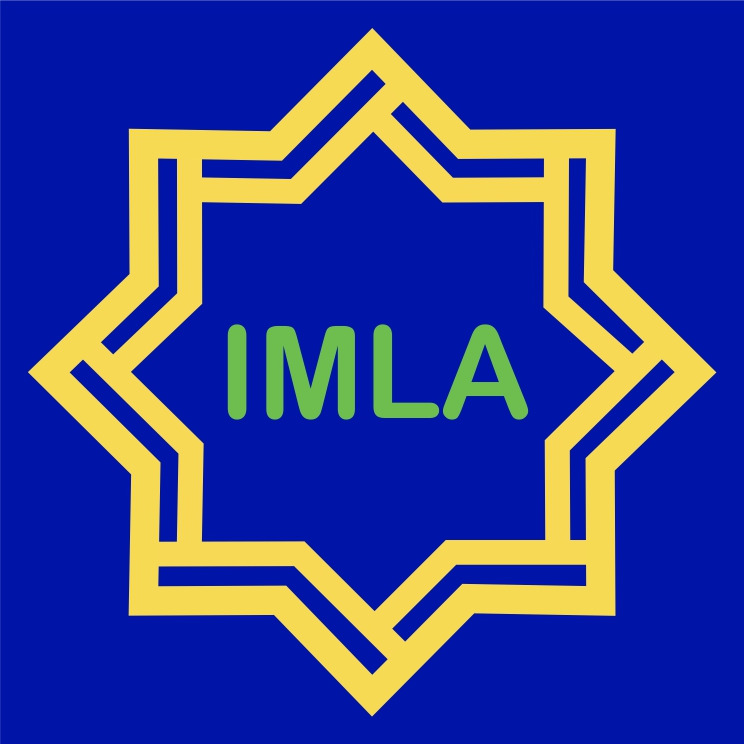Musykilah Tarjamah al-Lughah al-'Arabiyyah Ila al-Lughah al-Indonesiyyah
Abstract
Keywords
Full Text:
PDFReferences
خان، أبو نعمان عبد المنان. 1992. مذكرة الترجمة العربية الفورية. جامعة دكا
ديدوي، محمد. 1992. علم الترجمة بين النظرية والتطبيق. تونس: دار المعارف
رافعى. 1991. دليل فى الترجمة. جاكرتا
زيدان، جرجي. د.س. تاريخ ادب اللغة العربية. د.م. : دار الهلال
ساهين، محمد. 1532. نظريات الترجمة وتطبيقاتها. الأردن: دار الثقافة
صديقي، ظل الرحمن. 1988. الترحمة، ط 2. دكا: أكاديمية بنغلا
فارس، ابن. 1997. الصاحبي في فقه اللغة، ط 1. بيروت: دار الكتب العلمية
منظور، محمد بن كريم بن. 1992. لسان العرب، ح. 12. بيروت: دار الكتب العلمية
نيومارك، بيتر. 1985. دليل المترجم، ط 1. الرياض: دار العلوم
وافي، على عبد الواحد. د.س. فقه اللغة. القاهرة: دار نهضة مصدر
وسط اللغة أدارة التربية الوطنية، قاموس الكبير اللغة العربية، ٢٠١٠- ٢٠١١
هادي، نور هادي. الموجه لتعليم المهارات اللغوية لغير الناطقين بها. مالانج: الجامعة مولان مالك إبراهيم
Efendi, Ahmad Fuad. 2005. Metodologi Pengajaran Bahasa Arab.
Malang: Misykat
Izzan, Ahmad. 2007. Metodologi Pengajaran Bahasa Arab. Bandung: Humaniora
Machali, Rochayah. 2009. Pedoman Terjemah. Bandung: Kaifa
DOI: http://dx.doi.org/10.29240/jba.v1i1.198
Refbacks
- There are currently no refbacks.
Copyright (c) 2017 Noza Aflisia

This work is licensed under a Creative Commons Attribution-NonCommercial-ShareAlike 4.0 International License.
Arabiyatuna: Jurnal Bahasa Arab, Indexed by:
Arabiyatuna: Jurnal Bahasa Arab, Visitor Counter:
Arabiyatuna: Jurnal Bahasa Arab, Copyright (c):
 This work is licensed under a Creative Commons Attribution-NonCommercial-ShareAlike 4.0 International License.
This work is licensed under a Creative Commons Attribution-NonCommercial-ShareAlike 4.0 International License.Arabiyatuna: Jurnal Bahasa Arab
Scientific Publication Center
Research and Comunity Service Agency
Institut Agama Islam Negeri Curup
Dr. Ak. Gani Street No. 01 Telp. (0732) 21010
Curup-Rejang Lebong, Bengkulu-Indonesia 39119











